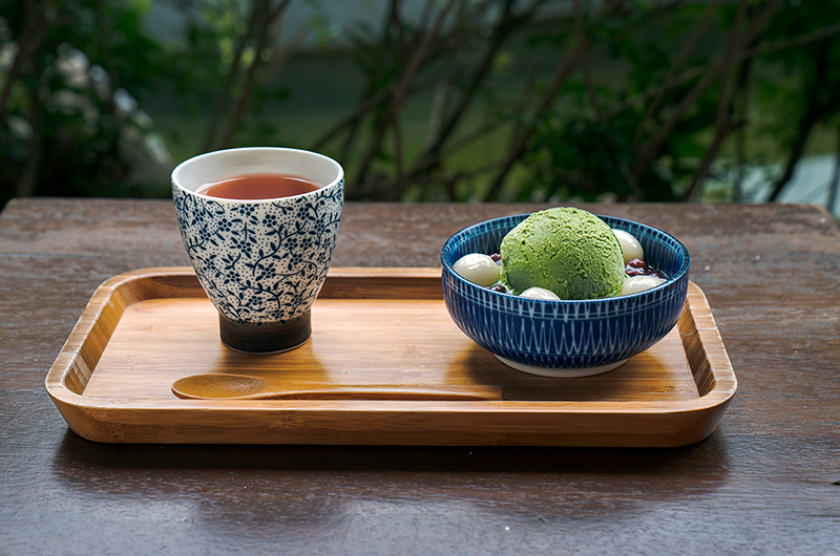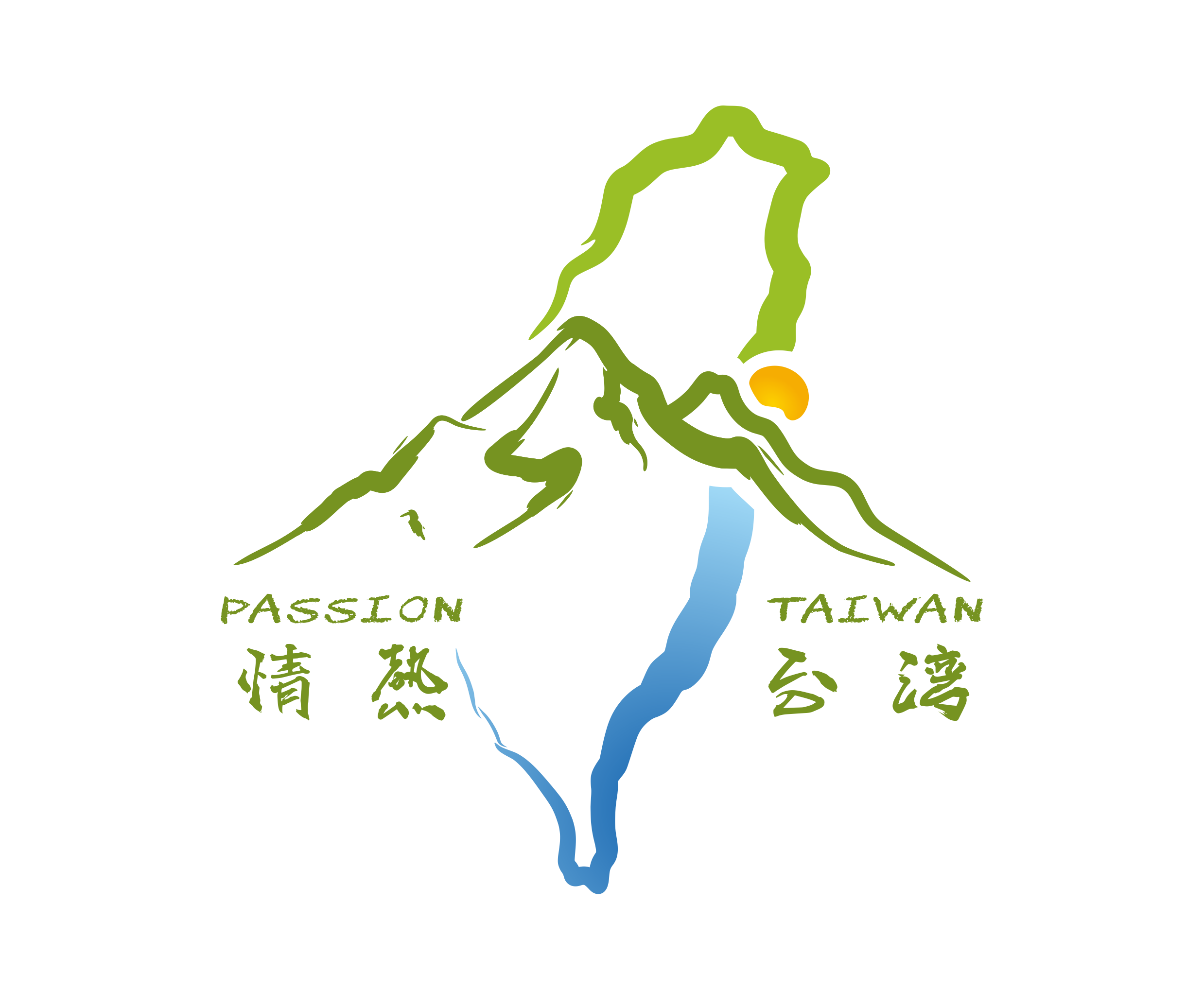The early winter sea breeze and mountain wind are in full swing, crossing the Sizhongxi River, with white steam lingering in the air. Originating in 1895 and renowned alongside Beitou, Yangmingshan, and Guanziling, the “Sizhongxi Hot Springs” stand out as the top among these four famous hot springs. Every November, the Sizhongxi Hot Springs Season is held, with millions of lights creating a brilliant small town, immersing the entire park in a rich Japanese atmosphere, tasting the sparkling romance.
The Sizhongxi Hot Springs, with its odorless and tasteless carbonated springs, is a famous honeymoon destination for royalty. Adorned with black tiles and red lanterns hanging high, the “Clear Springs,” a skin-firming spring bath dating back to the Japanese colonial era, was the first hot spring inn established by the Japanese, formerly known as “Yamaguchi Ryokan.” It is also the earliest source of hot springs in Sizhongxi, with water rich in iron and barium minerals, suitable for both drinking and bathing. When exposed to air, it forms rare “hot spring flowers” or “onsen flowers.” During summer, the water temperature is around 50°C, while in spring and winter, it can reach up to 60°C. For 80 years, it has been a place of healing for military officers, generals, and adventurous travelers during many nights.
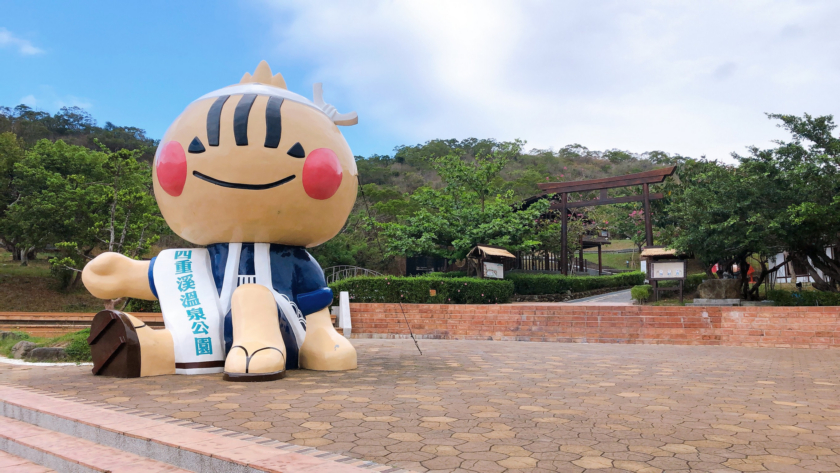
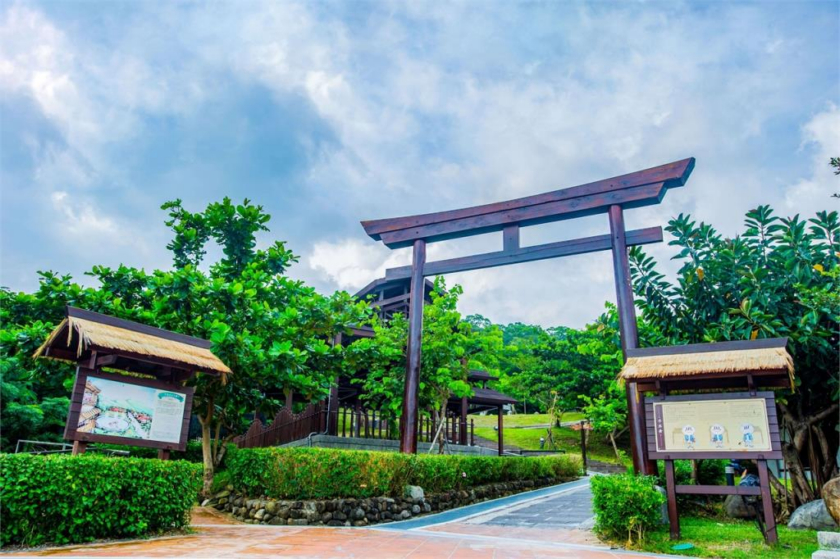
In 1933, Prince Takamatsu, the younger brother of Emperor Showa, and his newlywed wife visited the resort. The ancient bathhouse they bathed in, built with cypress wood and marble, is also known as the “Prince’s Bath,” where the pure spring water flows alongside memories of happiness and old times. It inherits the elegant aristocratic style and is now a historical landmark, open for viewing only during special occasions. After the prince’s visit, the inn was expanded, preserving the architecture and Japanese gardens from the Showa era, showcasing the traces of history in every corner.
The lattice work on the veranda reflects the traditional Japanese architectural language, and all guest rooms are furnished with wooden floors, exuding an elegant atmosphere upon entry. The wooden window frames and Japanese futons embody a sense of wabi-sabi minimalism. The mosaic-tiled baths recreate a nostalgic bathing ambiance, blending Taiwanese and Japanese influences, allowing guests to immerse themselves in the “beauty bath” hot springs, creating beautiful memories of their stay.
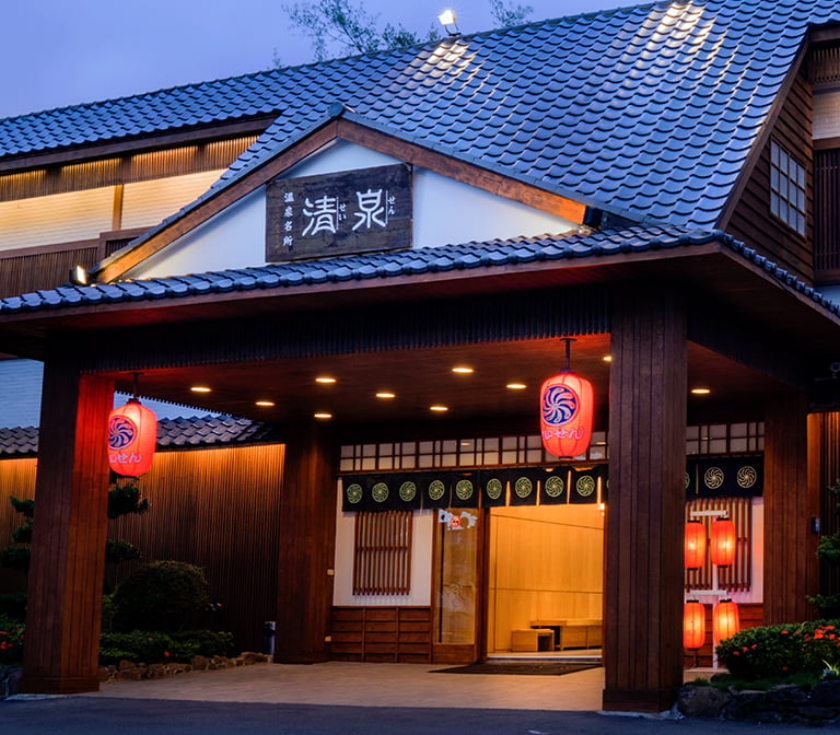
Extracting local cultural elements, sharing the culinary creations of Taiwan and Japan.
Unlike traditional Japanese ryokans that offer kaiseki cuisine, “Clear Springs” serves small dishes made from local ingredients using traditional Japanese recipes, presenting a comparative culinary experience between Taiwan and Japan. For example, the onions sourced from nearby Checheng, fattened and sweetened by the mountain winds, are featured in the “Onion Sukiyaki” dish cooked with authentic and rich Japanese sukiyaki sauce. The meat slices are lightly dipped in egg sauce, allowing the distinct layers of sweetness to be discerned amidst a consistent flavor profile.
“Matcha Ice Cream” emphasizes a delicate texture of 0.003mm, crafted by hand-ground matcha powder into ice cream, simmered red beans in hot spring water, and chewy white rice balls, encapsulating the sweet flavors of Kyoto on the palate.
